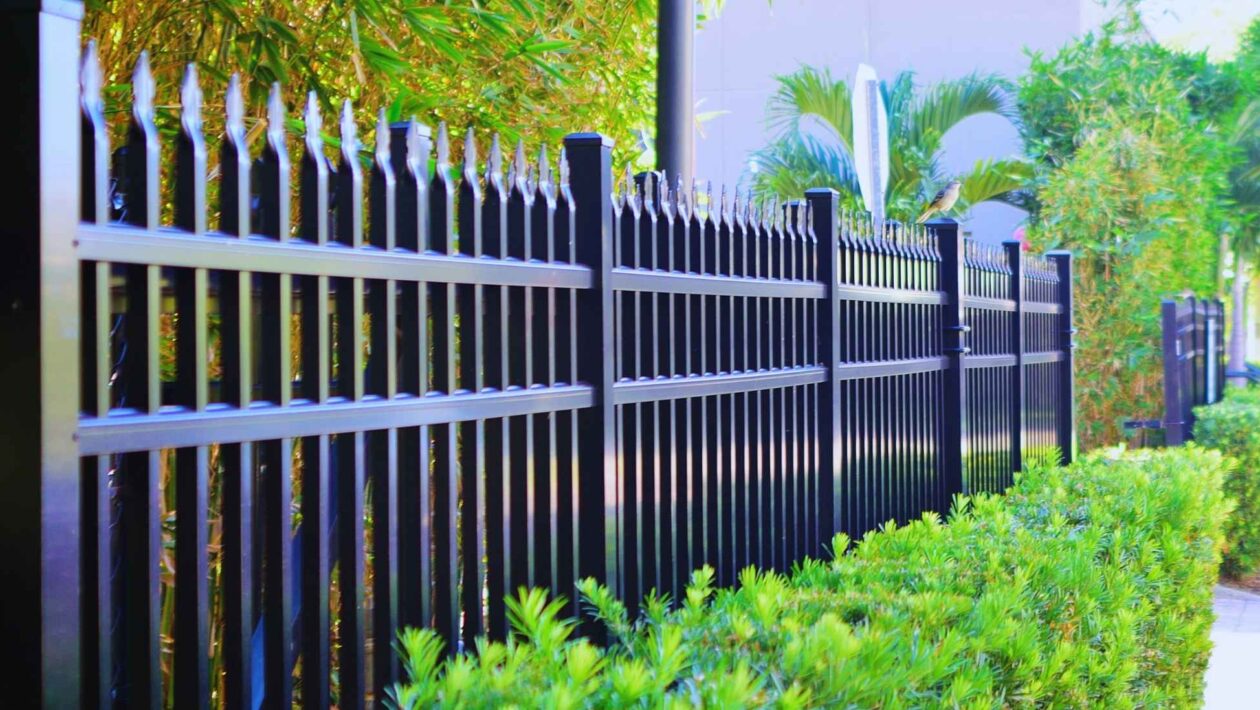Last Updated on May 19, 2025 by Kravelv Spiegel
When protecting property—whether residential, commercial, or industrial—a well-designed security fence serves as both a physical and psychological deterrent. However, not all fences offer the same level of security, and poor planning can compromise effectiveness. Here, then, are the crucial factors to consider when designing a security fence that balances safety, functionality, and aesthetics.
1. Purpose of the Fence
Before choosing materials or designs, define the fence’s primary function. Is it meant to deter intruders, contain pets, restrict access, or mark boundaries? For high-security areas like warehouses or sensitive installations, the focus should be on intrusion prevention. In contrast, residential fences may prioritise privacy and appearance alongside security, as fencing contractors Leicester like RTC Fencing suggest.
2. Material Selection
The choice of material affects not just the fence’s strength but also its lifespan and maintenance needs. Common options include:
- Chain-Link: Affordable and durable, but offers minimal privacy.
- Steel or Iron: Highly secure and difficult to breach; often used for commercial sites.
- Wood: Aesthetic appeal and good for privacy, but can be vulnerable to damage and decay.
- Composite or Vinyl: Low maintenance and customisable, but can be costlier.
For high-security applications, anti-climb or welded mesh panels are ideal because they resist cutting and scaling.
3. Height and Visibility
Height is a key deterrent. A minimum of 3 metres is recommended for security fences. However, be mindful of local regulations, as some areas limit fence height. Interestingly, visibility also plays a role. In high-security zones, transparent fences (like chain-link or mesh) are often preferred because they allow for surveillance and eliminate hiding spots. Solid fences may offer privacy for residential settings, but reduce visibility for security cameras and neighbours.
4. Access Control Points
Gates and entry points are the most vulnerable parts of any fence. Integrate robust locks, electronic access systems, or security guards where needed. Automatic gates with keypad entry or biometric systems offer added control. The fewer the access points, the easier it is to secure the perimeter.
5. Integration with Surveillance Systems
Modern security fences are often part of a larger security ecosystem. Consider integrating CCTV cameras, motion detectors, and alarm systems. Motion-activated lights can also serve as both a deterrent and a functional aid for nighttime visibility.
6. Anti-Climb Features
To prevent scaling, consider design enhancements such as:
- Angled tops
- Barbed or razor wire
- Spikes or rotating toppers
- Smooth finishes that are difficult to grip
These features increase the time and effort required to breach the fence, which is a strong deterrent to intruders.
7. Legal and Zoning Regulations
Always check local laws and neighbourhood guidelines before installing a security fence. Regulations may cover height, materials, proximity to roads, and even aesthetic elements. Non-compliance can result in fines or the forced removal of the fence.
8. Maintenance and Longevity
Choose materials and designs that are easy to maintain and resistant to weather, rust, and wear. Galvanised steel or powder-coated metals, for example, provide corrosion resistance and long-term durability.
Designing an effective security fence requires a careful blend of functionality, durability, and compliance. By understanding the property’s specific needs and integrating modern technologies, property owners can create a secure perimeter that protects assets without compromising on visual appeal. Whether you’re safeguarding a home, business, or sensitive facility, a well-thought-out fence is your first line of defence.

